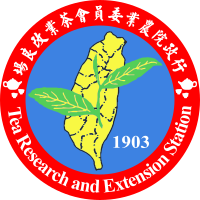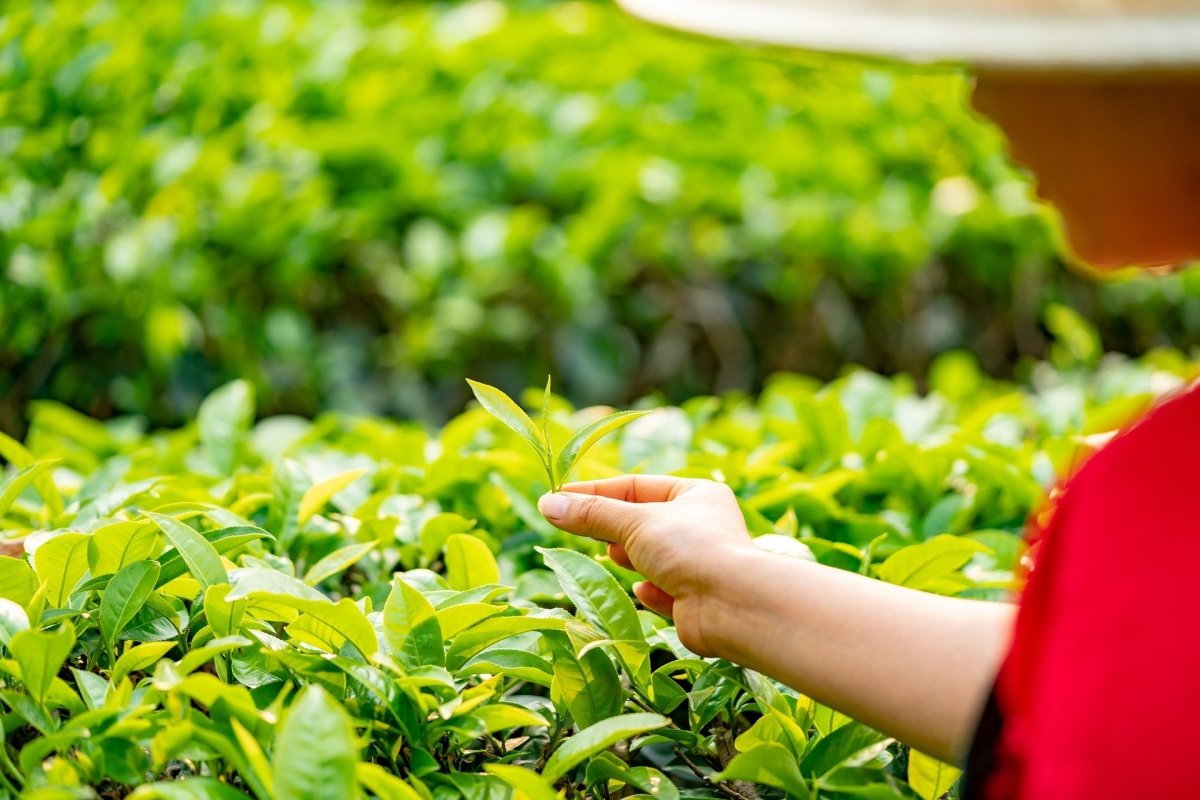An overview of the most well-known TRES tea cultivars from Taiwan
 The Taiwan Tea Research and Extension Station (TRES), formerly known as the Taiwan Tea Experiment Station (TTES), is a Taiwanese government organization respected by farmers. This supports the tea farmers in their work with the development of modern processing technology and offers, among other things, further training opportunities with the aim of increasing yields while at the same time improving environmental protection.
The Taiwan Tea Research and Extension Station (TRES), formerly known as the Taiwan Tea Experiment Station (TTES), is a Taiwanese government organization respected by farmers. This supports the tea farmers in their work with the development of modern processing technology and offers, among other things, further training opportunities with the aim of increasing yields while at the same time improving environmental protection.
With the support of the TRES, Taiwanese tea has established itself as a high-quality product worldwide. This is partly due to the government's drive to protect the island's unique flora, fauna and wildlife, severely restricting the area of valuable mountain areas for tea plantations. Instead of flooding the world market with cheap mass-produced products, tea farmers instead focus on producing high quality tea in smaller quantities. This helps maintain the independence and livelihoods of thousands of small farmers and related businesses.
Taiwan Tea Research and Extension Station has been making great efforts since 1969 to further improve the tea cultivars used. New hybrids are researched in experimental cultivation and, depending on their success, they are then cultivated in the tea gardens.
This table shows a summary of all teas developed by the TRES.
| VERY / ALL # | Name | Type | remarks | Year | |
| 1 | Black | cross between Assamica from Nepal (Kyang) and Qing Xin Da-Pan | 1969 | ||
| 2 | Black | cross between Assamica from India (Jaipuri) and Da Yeh Oolong (Big leaf Oolong) | 1969 | ||
| 3 | Black | cross between Assamica from India (Manipuri) and Hong Xin Da Mao | 1969 | ||
| 4 | Black | cross between Assamica from India (Manipuri) and Hong Xin Da-Pan | 1969 | ||
| 5 | Oolong | wild Hybrid from Fuzhou (China) | 1973 | ||
| 6 | Oolong | wild Hybrid of Qing Xin (Taiwan) | 1973 | ||
| 7 | Black | Big Leaf Varetial from Thailand. Propably Da Mao (Pu-Erh tree) | 1973 | ||
| 8 | Black | Assamica Varietal from India Jaipuri | 1973 | ||
| 9 | Black | cross between Assamica from Kyang (Nepal) and Hong Xin Da-Pan | 1975 | ||
| 10 | Black | cross between Assamica from India (Jaipuri) and Huang Gan | 1975 | ||
| 11 | Black | cross between Assamica from India (Jaipuri) and Da Yeh Oolong (Big leaf Oolong) | 1975 | ||
| 12 | Jin Xuan | Jin Xuan | Oolong | cross between Ying Zhi Hong Xin and TRES #8 | 1981 |
| 13 | Cuy Yu | emerald | Oolong | cross between Ying Zhi Hong Xin and TRES #80 (Tainon-80) | 1981 |
| 14 | Bai Wen | white text | Oolong | cross between Bair Mau Hour and TTES #983 (Hwang-Gan x Kyang) | 1983 |
| 15 | Bai Yian | Bai Yan | Oolong | cross between Bai Mao Hou and TTES #983 (Hwang-Gan x Kyang) | 1983 |
| 16 | Bai He | white crane | Oolong | cross between TTES #1958 and TTES #335 (Tainon-355) (Dah-Yeh-Oolong x Kyang) | 1983 |
| 17 | Ruan Zhi | egret | Oolong | cross between TTES #1958 and TTES #335 (Tainon-355) (Dah-Yeh-Oolong x Kyang) | 1983 |
| 18 | Hong Yu /Ruby18 | ruby | Black | cross between Taiwanese wild Tea tree (B-607) and Burmese assamica (B729) | 1999 |
| 19 | Bi Yu / Green Jade | jasper | Oolong | cross between TTES #12 and Qing Xin Oolong | 2004 |
| 20 | Ying Xiang | welcome incense | Oolong | cross between 2022 (Da-Yeh Oolong x Tanion-20) and Qing Xin Oolong | 2004 |
| 21 | Hong Yun | red rhyme | Black | cross between Keemun and Nepalese assamica by Kyang (FKK-1 line) | 2008 |
| 22 | unknown | Oolong | cross between Qing Xin Oolong and Jin Xuan | 2014 |
Feature Image:
picture of yonghan kim on Pixabay






0 comments